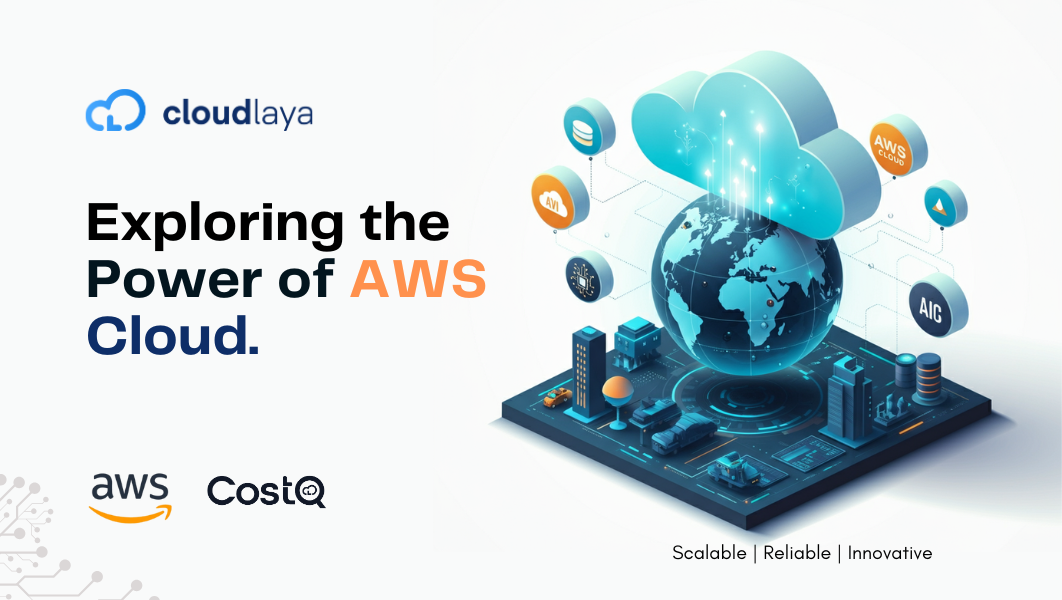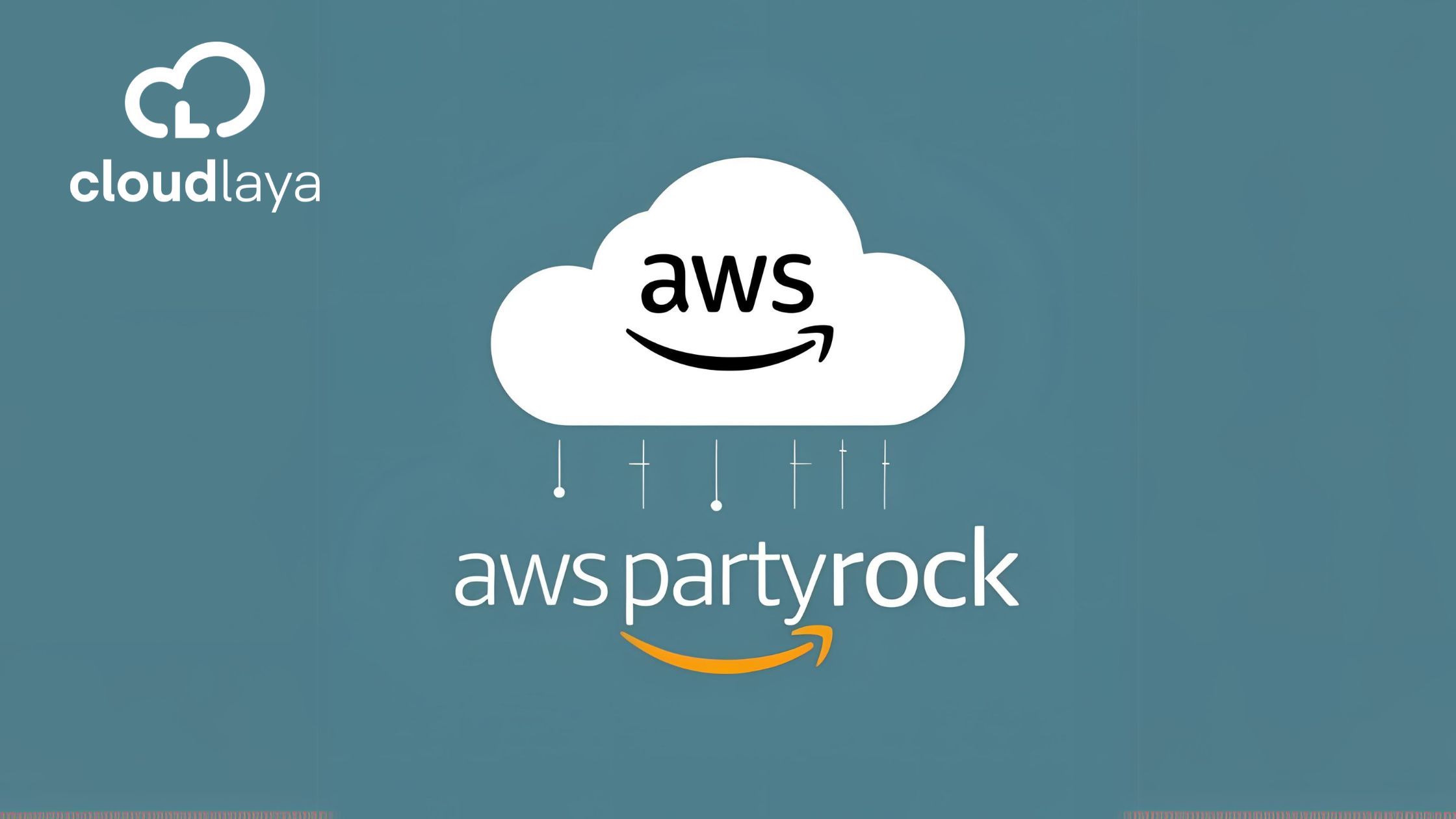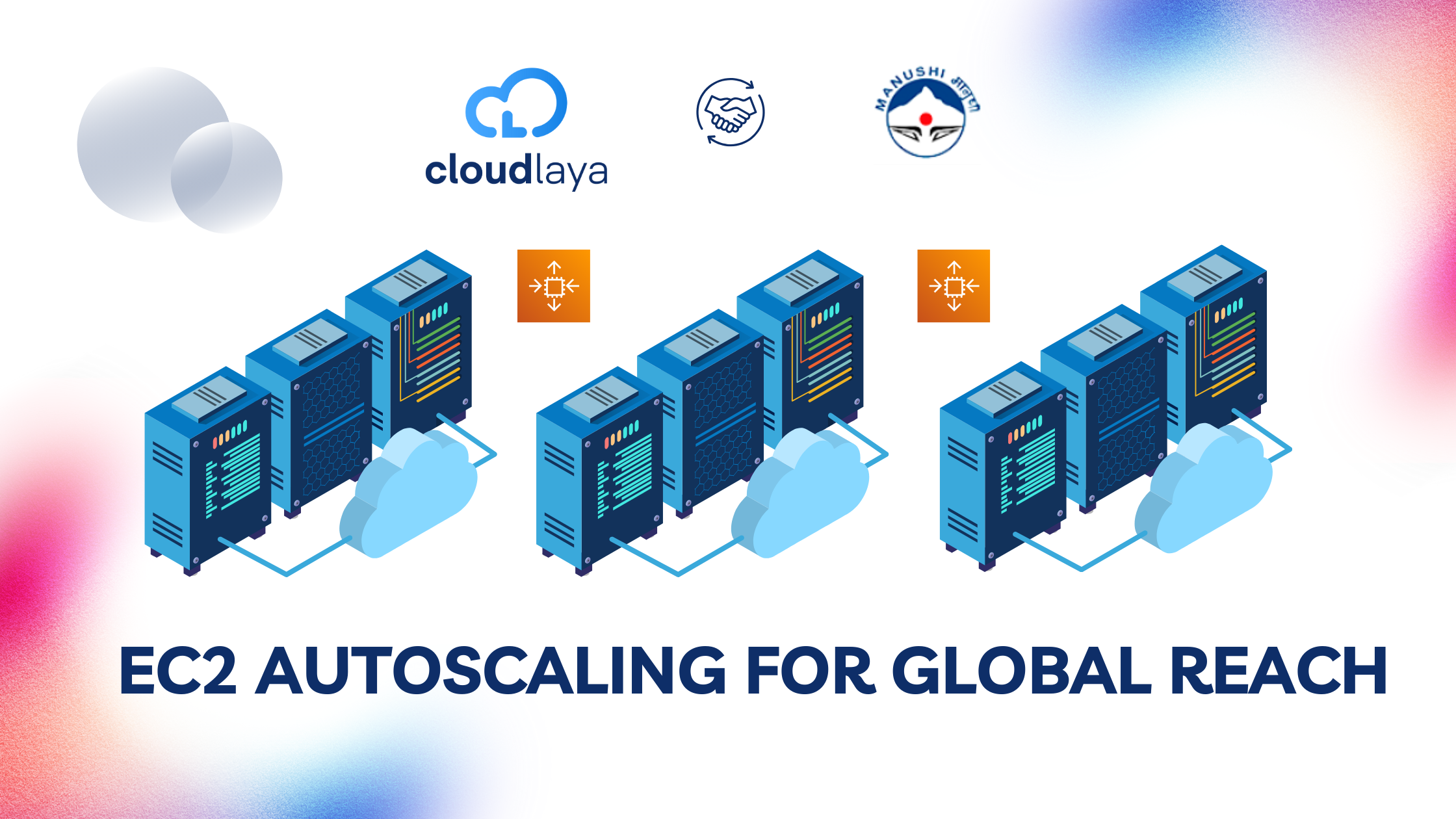
Embracing Serverless Computing: Unlocking the Future of Cloud Technology
Find by implies of that Serverless assessing is revolutionizing cloud innovation and shaping the future of demands happening. Learn around appeal benefits, counting versatility, taken a toll proficiency, and stylized organization, as exchanges ask to organize and optimize their cloud activities. Investigate the potential of serverless development to organize developments and adorn efficiency in the numerical age.
Table of Contents
What is Serverless Computing?
Understanding Serverless Computing
Key Benefits of Serverless Computing:
- Effortless Scaling: Automatically adjusts to demand, ensuring you never pay for idle server time.
- Cost Efficiency: With a pay-as-you-go pricing model, you only invest in what you use, minimizing unnecessary costs.
- Accelerated Development: Developers can focus on writing impactful code, free from the complexities of server management.
- Enhanced Agility: Ideal for businesses eager to adapt swiftly to market changes.
Challenges and Future Trends
While serverless computing presents numerous advantages, it also comes with its own set of challenges:
- Performance Overhead: The abstraction layer adds a slight performance overhead, which can impact high-performance applications.
- Vendor Lock-In: Relying on a single cloud provider’s serverless platform can lead to vendor lock-in, complicating future migration efforts.
- Complex Debugging: Debugging serverless applications can be more complex due to their distributed nature.
Future Trends
The serverless paradigm is continually evolving, with trends pointing towards:
- Increased Adoption: More organizations are expected to adopt serverless computing as they realize its potential for cost savings and agility.
- Enhanced Tooling: Improvements in development tools will simplify creating and managing serverless applications.
- Edge Computing Integration: Serverless is expected to integrate more closely with edge computing, enhancing real-time processing capabilities.
Real-World Examples of Serverless Computing
Numerous industry leaders have successfully integrated serverless computing into their operations, showcasing its versatility and effectiveness across sectors.
- Netflix – Automated Video Encoding
Netflix harnesses AWS Lambda to streamline video encoding processes, enabling efficient handling of vast video data while delivering content more quickly and reliably without server management overhead.
- Coca-Cola – Interactive Vending Machines
Coca-Cola employs serverless architecture with AWS Lambda to power interactive vending machines that respond to user inputs and manage real-time inventory updates seamlessly.
- iRobot – IoT Data Processing
iRobot utilizes serverless computing to handle real-time data from millions of Roomba devices, ensuring scalability as more devices connect while maintaining consistent performance.
- Nordstrom – Inventory Management
By leveraging AWS Lambda, Nordstrom enhances accuracy and customer satisfaction through real-time inventory tracking across its stores, all without the complexity of server management.
- The New York Times – Image Processing for Archives
The New York Times applied serverless computing with AWS Lambda to efficiently digitize its archives, processing millions of images without the need for dedicated servers.
- Figma – Collaborative Design Platform
Figma’s serverless architecture supports real-time collaboration, allowing multiple users to edit documents simultaneously without the constraints of traditional servers.
- Autodesk – Automated Render Management
Autodesk relies on AWS Lambda to manage rendering jobs in the cloud, intelligently scaling processing power for complex tasks, which reduces costs and accelerates project completion.
Join the Serverless Revolution
Serverless calculating is not only a flow; it represents the future of cloud science. By lowering foundation administration and embellishing operational effectiveness, serverless construction positions trades to institute outside limits.
Whether you are an experienced builder or an IT professional investigating new sciences, merging serverless calculating into your workflow can solve important potential. Experience the scalability and cost adeptness that superior activities rely on.
Are you ready to boost your cloud plan? Dive into the globe of serverless calculating accompanying Cloudlaya and transform your happening process to attain new altitude. #Serverless #CloudComputing #Innovation #Cloudlaya

As a seasoned DevSecOps Consultant, I specialize in ensuring the reliability, scalability, and security of cloud infrastructure and applications that are crucial for my clients’ success.


